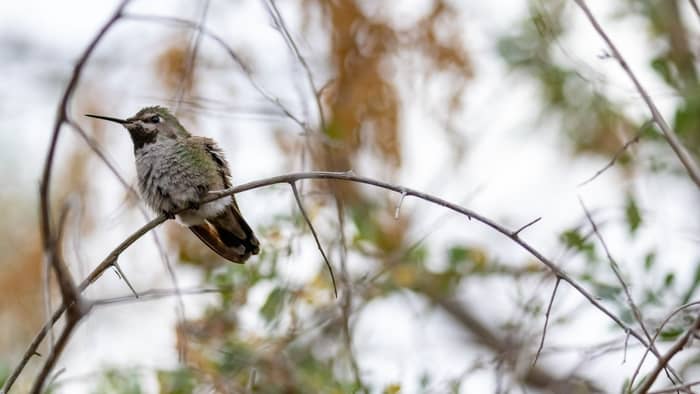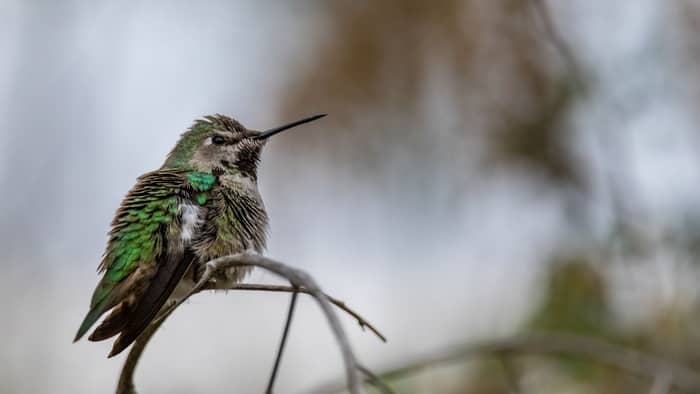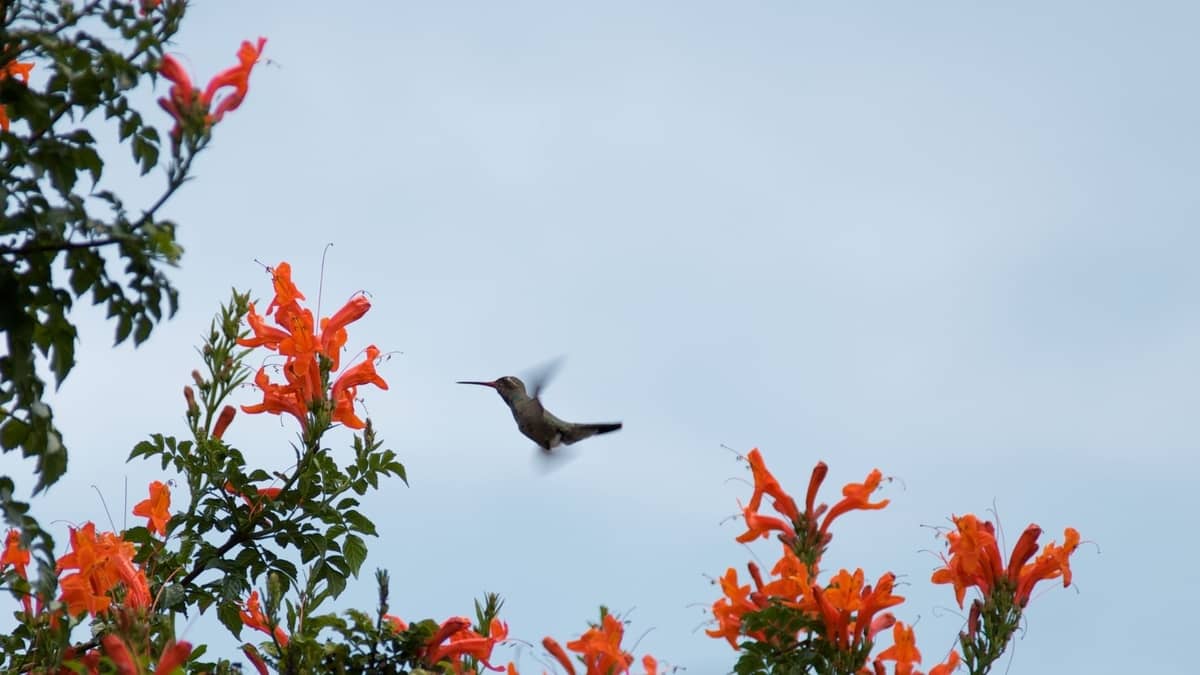When do hummingbirds arrive in PA? You can get an answer to that in this post. The springtime and ahead of summer is the ideal time for hummingbirds to start their yearly migration, as always, back to their breeding zone. PA is one of these breeding zones.
If you by any chance live in Pennsylvania, getting to know about when hummingbirds do arrive in PA will help in knowing when to put up your feeders.
These little creatures are named hummingbirds because of the humming sound their wings make while they fly. In the United States, around sixteen species of hummingbirds are known to have been sighted in most areas.
One of the most common species is the Ruby-throated hummingbird. These birds are small in size and the iridescent beauty of the hummingbird is what distinguishes them. Small, yet energetic.
The hummingbirds usually migrate from their breeding grounds in Pennsylvania and return to Mexico and Central America to winter here. Now, this may get you wondering; when do hummingbirds arrive in PA?
When Should I Put Out My Hummingbird Feeder In Pennsylvania?

Typically, when the Ruby-throated hummingbirds leave Pennsylvania before or around fall, say August. They are usually gone up till around March or April when they return.
When Do Hummingbirds Arrive PA?
Ruby-throated hummers are sure visitors to PA. For southern Pennsylvania, it is either around mid-April and northern Pennsylvania around early May. This depends on how early the birds set out to begin their journey. They don’t move in flocks like other birds and they arrive little by little with the males being the first to arrive.
The early-season flowering plants like columbine, azaleas, rhododendrons, and tree buds are already blooming on their arrival, welcoming the birds. The birds go in the direction of the blooming flowers and buds.
The blooming flowers are not only their food source. They also opt for other sources of nectar-like hummingbird feeders. So if you’ve been wondering as to when do hummingbirds arrive in PA in order to start preparing your feeders, then this is your chance to start.
Hence, if you hope to get more hummingbirds this year than the last at your feeders, the time to start cleaning, preparing, filling up, and putting those feeders outside is around this time we have stated.
Hummingbirds Arrival Preparations
Also, it will be an added advantage to make surplus hummingbird feeders readily available on the arrival of the birds. This will attract more hummingbirds than you had last year to your yard.
Also, birds who couldn’t find any nectar source in their former territories will establish their territory in your yard. And if the nectar supply and the blooming of nectar-producing flowers remain in abundance, the birds may remain there all through their seasons.
Start putting those feeders to work early enough even before their arrival so you can catch early comers.
Hummingbirds find red as an attractive color, hence having shades of red in the garden can help attract more hummingbirds.
So for those who desire to have more hummingbirds visiting their gardens this year, they should consider making their backyard colorful in red color. This can also be done by growing plants that flower in different shades of red around the time your iridescent visitors will be visiting.
You can also put artificial flowering plants that are red in your garden. Do not fill feeders with dyed hummingbird nectars in trying to feed hummingbirds. This is because the chemical dyes are harmful to hummingbirds due to their extremely high metabolism. Red plastic feeders or red glass should be used instead.
Hummingbird Season In PA

April till late September is usually hummingbird’s season in Pennsylvania. Hummingbirds would sometimes start arriving as early as March. The Male hummingbird usually arrives first as they are the first to set out on the journey to breeding grounds. The female usually sets out after a week.
By late April the hummingbird’s season kicks start fully. Seeing the “Pennsylvania smallest bird” pouring into Pennsylvania sets off a signal that spring is coming.
Having your feeders outside late March, early April, and late May will give you the advantage of being among the first to see these birds arrive. Hummingbirds usually arrive when food is surplus.
They feed on flower nectar, small insects, and most importantly artificial nectar from hummingbird feeders. A good way to keep the early birds in your garden to establish their territories is by making natural food sources available to them.
There are different plants hummingbirds are normally attracted to. You can choose from the numerous varieties of ornamental plants like trumpeter vine, salvia, coralbells, honeysuckle, and many others.
The male hummers are known to be showy and promiscuous as they usually mate with more than one female. During breeding, the male will do a dive and acrobatic dance display and make fast and loud chirpy sounds.
All these are to attract the attention of the females who will sit and listen in admiration and keen interest.
This display by the male is also been exhibited as one of its territorial behavior. It is used to act territorial and defensive against other males who come close to the feeding spot. This could be at hummingbird feeders or around a patch of flowers.
It is the female’s responsibility to care for its eggs and the offspring. It builds the net and then lays two eggs. The male hummers play no part in bringing up the offspring.
Places, where hummingbirds, especially the Ruby-throated hummingbirds can be found during the breeding season, are suburban gardens, woodland clearings, and edges. You can also find them around deciduous and mixed deciduous-coniferous forests.

For shelter, perching, and feeding, hummingbirds love zones where nectar-bearing flowers, shrubs, and trees are in abundance.
Hummingbirds’ source of water is mostly nectar. But hummingbirds also bathe, surprising right? They do this by flying through fine mists so you can also set up a mist to attract them to your garden.
Hummingbird Migration Pennsylvania
In late September or early October when breeding season begins to end, it is time for hummingbirds to begin their migration journey to their wintering grounds.
The birds are mostly gone by October except for the older or wounded ones that won’t be able to fly longer distances.
The males are also the first to leave for winter. Then after two weeks, the females and the young will set out.
Normally in winter, the birds will migrate from the eastern part of the United States to Mexico. During migration, hummingbirds would fly across the golf of Mexico around 600 miles, nonstop.

Conclusion
In conclusion, knowing when hummingbirds arrive in PA is an eye-opener to opportunities that abound. This information can give you guidance on how to pull hummingbirds to your garden early enough and throughout the breeding season.
[rank_math_rich_snippet id=”s-9b430289-22f8-419a-91da-88d9adfa403d”]

